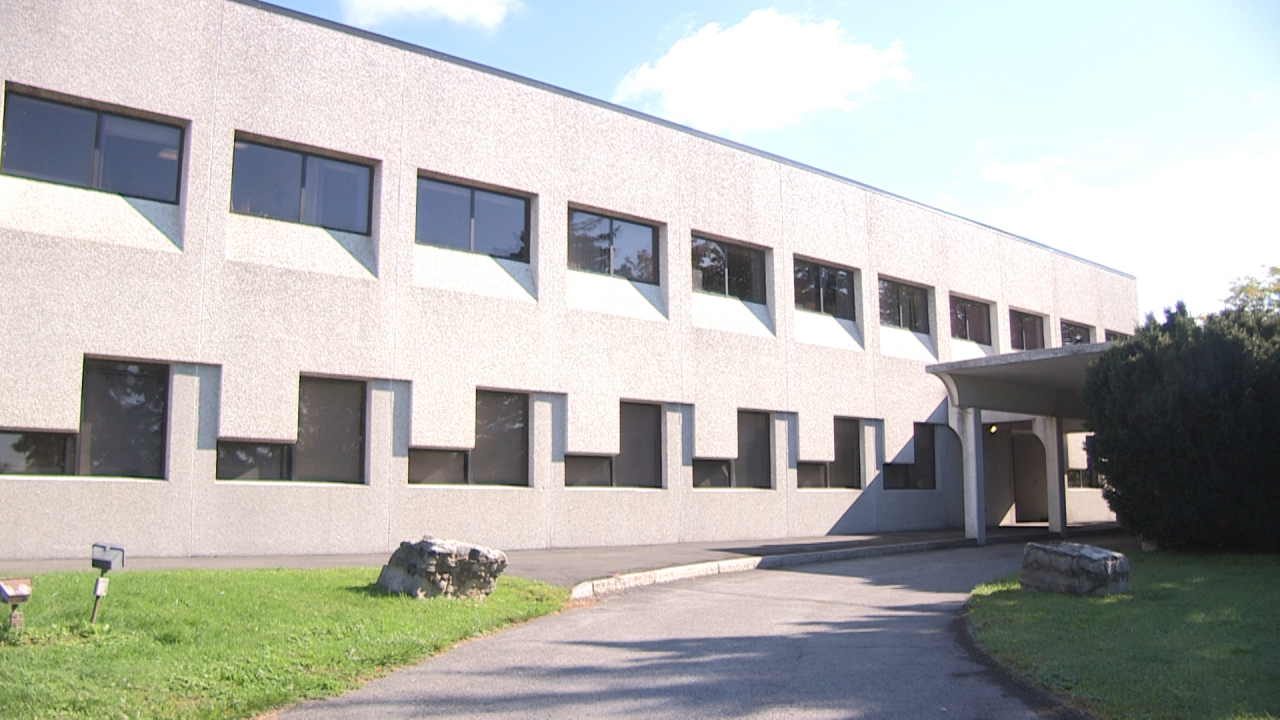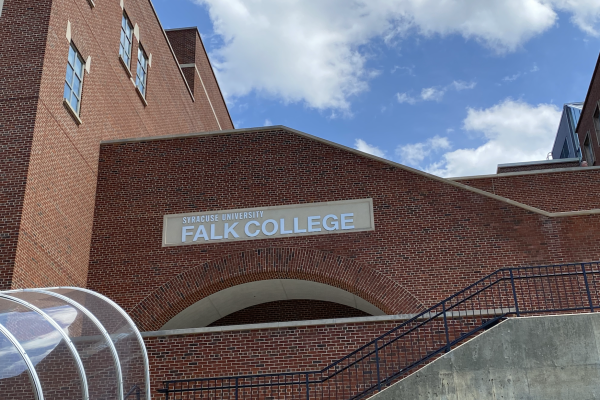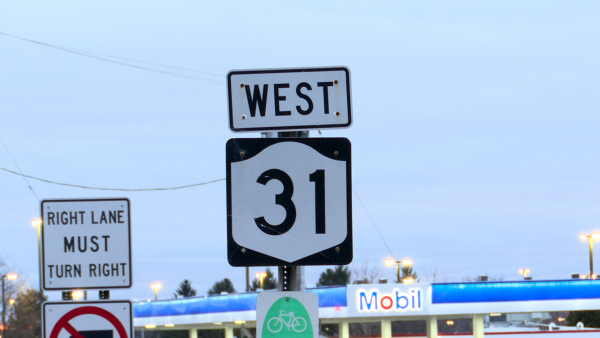
By Thomas Russo SYRACUSE, N.Y. (NCC News)- The gray facade of the office building at 159 Dwight Park Circle doesn’t quite scream agriculture, but this building is in fact home to one of the staunchest allies of New York State farmers. It is here, a stone’s throw from Onondaga Lake’s most northern shore, where the New York Farm Viability Institute (NYFVI) is headquartered.
“We are an independent, non-profit that funds applied agricultural research and education programs for farmers across the state of New York in all agricultural commodity areas,” said the Institute’s executive director, Dave Grusenmeyer.
The NYFVI provides approximately $1.5 million in competitive grants to New York farmers each year in addition to educating the farmers on how they can improve in a constantly changing world.
“Our mission is to help farmers improve their profitability and sustainability of their farming operations,” said Grusenmeyer. “That’s our underlying mission and goal, so when our farmers, review panels, and board members look at proposals, they’re always wondering ‘How is this gonna impact farmers? How is this gonna make their operations better, more profitable and more sustainable?'”
When it comes to combating the issues facing New York’s farmers, Grusenmeyer points to one dominant factor that drives the problems plaguing them.
“Uncertainty,” he said. “Uncertainty in terms of labor, where they’re gonna get labor and certain uncertainty in terms of markets and trade. And certainly uncertainty in terms of weather. You never know what the weather is gonna be, so there’s a lot of uncertainty around that. Of the challenges the farmers face, I think the uncertainty is one of their biggest challenges.”
Of those uncertainties, the weather is the most uncertain of all, especially in Central New York, where in a matter of minutes the weather changes.
“Every year is different, weather-wise,” said Grusenmeyer. “Historically, weather is always different. So, there’s never a perfect year and there’s always changes and there’s always pluses in terms of weather every year for farmers. So it’s a matter of adjusting and changing with it.”
Add in global warming and an already difficult situation just continues to get harder, as weather has become even more unpredictable.
“It’s probably a bigger challenge because I think the weather patterns have always shifted, but I think they’re shifting faster now than they ever have and that’s created some additional challenges for our farmers to keep up and make those shifts in terms of production practices and variety in crop selections,” said Grusenmeyer. “I think the pace is going faster and faster. It’s something that’s different now than it has been in the past.”
Beyond that, Grusenmeyer wants to make clear there is a difference between climate and weather, because confusion between the two tends to contribute to the problem.
“Just the other day we had a hard frost and people were saying ‘Well so much for global warming! Apparently mother nature doesn’t know anything about global warming because we’re getting a really early frost.’ but that’s weather,” he said. “You can have warming climates and climate change and I think what that’s doing is creating more radically variable weather, so you get an early frost, late frost, and you get weather events like very intense rain.”
But that warming climate presents another challenge that is often overlooked in the discussion of its effects on agriculture.
“Heat is a big challenge for animals,” said Grusenmeyer. “A lot of times we talk about the impact of climate change on crops, and sometimes the impact on animals is lost.”
This is a major oversight, particularly in New York, where cattle represent the bulk of the state’s agricultural business.
“Half of all the agricultural receipts in New York state is dairy, so it’s a huge industry for New York agriculture, and dairy cattle are really comfortable in cooler temperatures. Once the temperatures get up around 70 degrees, cows start to get uncomfortable, said Grusenmeyer.
“When it gets up to 80 they are really uncomfortable, and now you need to think about how to cool them down and keep them cool,” he said. When it gets cold in the winter time they’re happy because they create a lot of heat and dissipate a lot of heat so the cooler the temperature, the happier the cows are.”
Now the NYFVI is working to find ways to help farmers cool their cows down, and they have already come up with solutions.
“Now farmers are actually building barns that have large ventilation capacities to keep the cows cool. From Farm Viability’s perspective, we can distribute funding to find ways to keep cows comfortable in those barns and keep them healthy, and cool, and keep them moving around in the barns,” said Grusenmeyer.
“So we’re actually putting motion detectors, putting leg bands on so they can measure the activity of the cow and try and mitigate lameness and how can we make changes in the dairy that will help to improve the cow’s ability to move around and that’s been a really successful project for the dairies that have implemented it,” he said.
Now the NYFVI is looking for other projects they can use to help farmers offset the difficulties being brought on by climate change, with the hopes of similar results.




